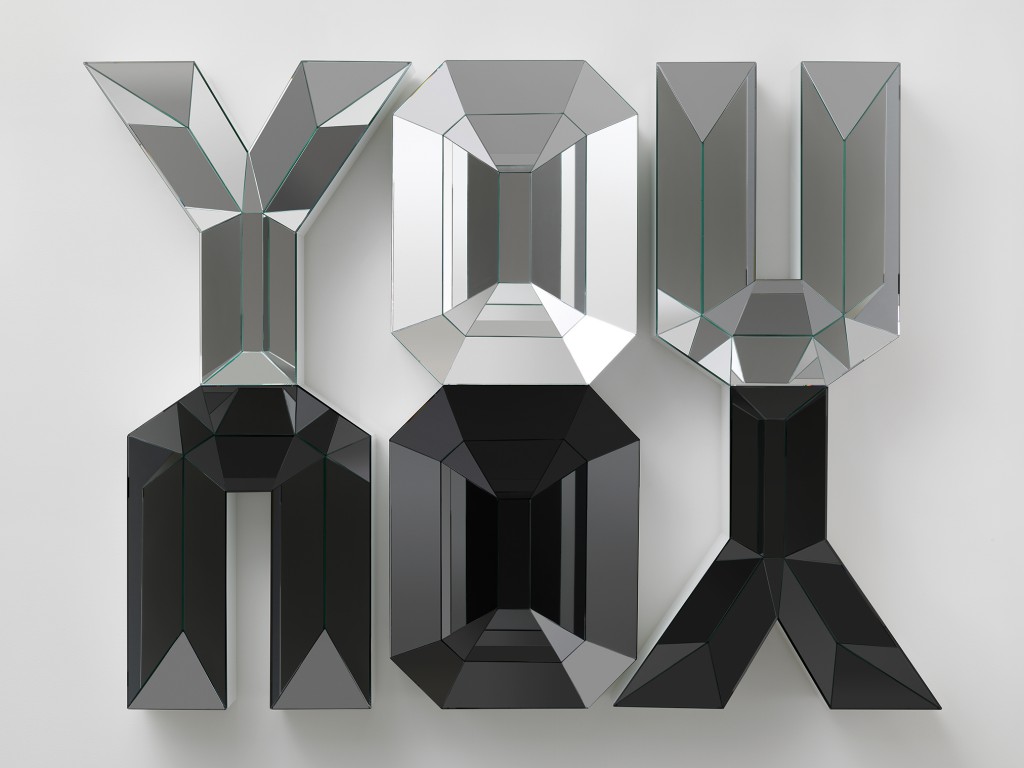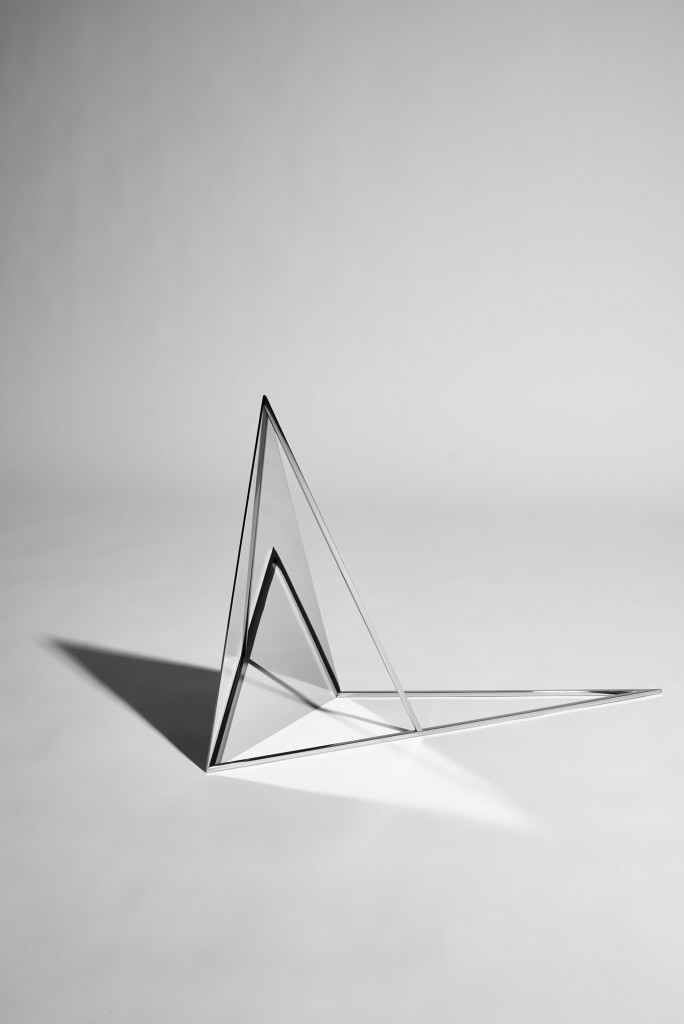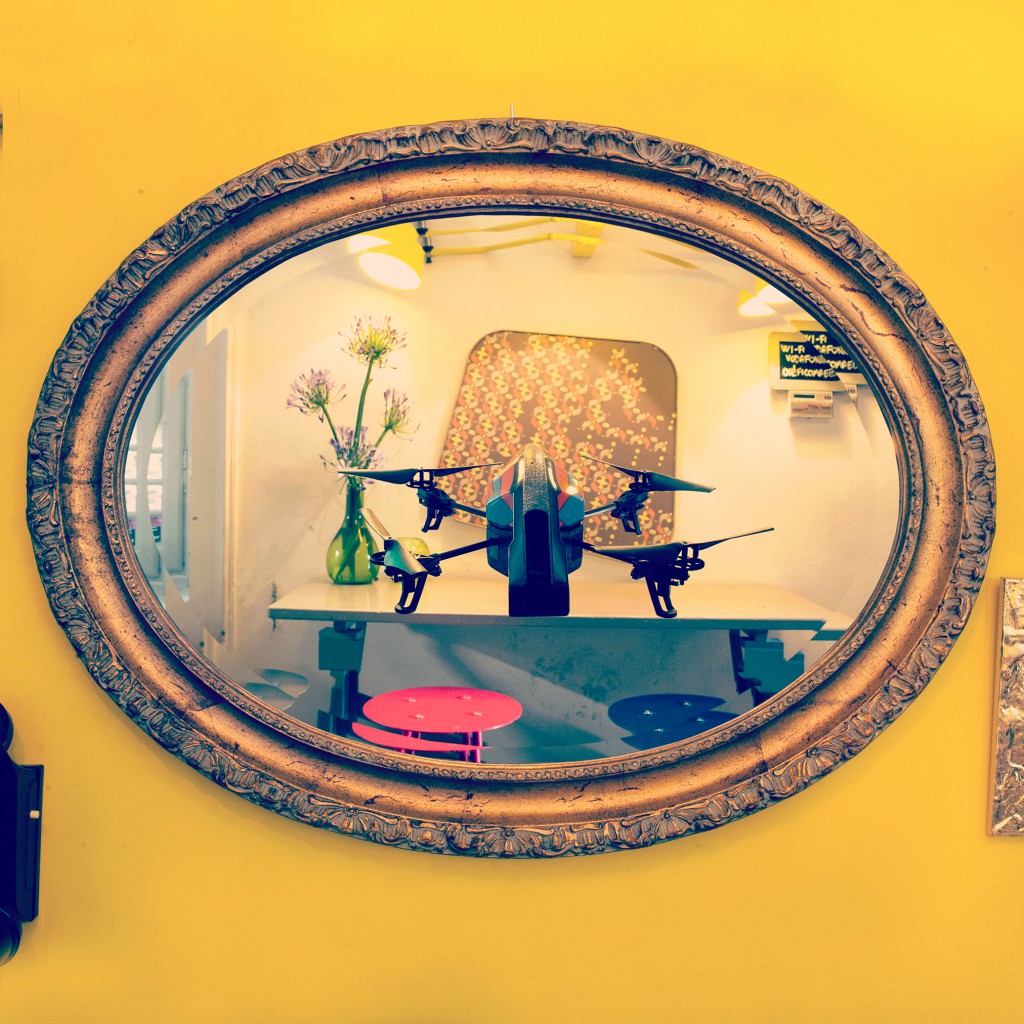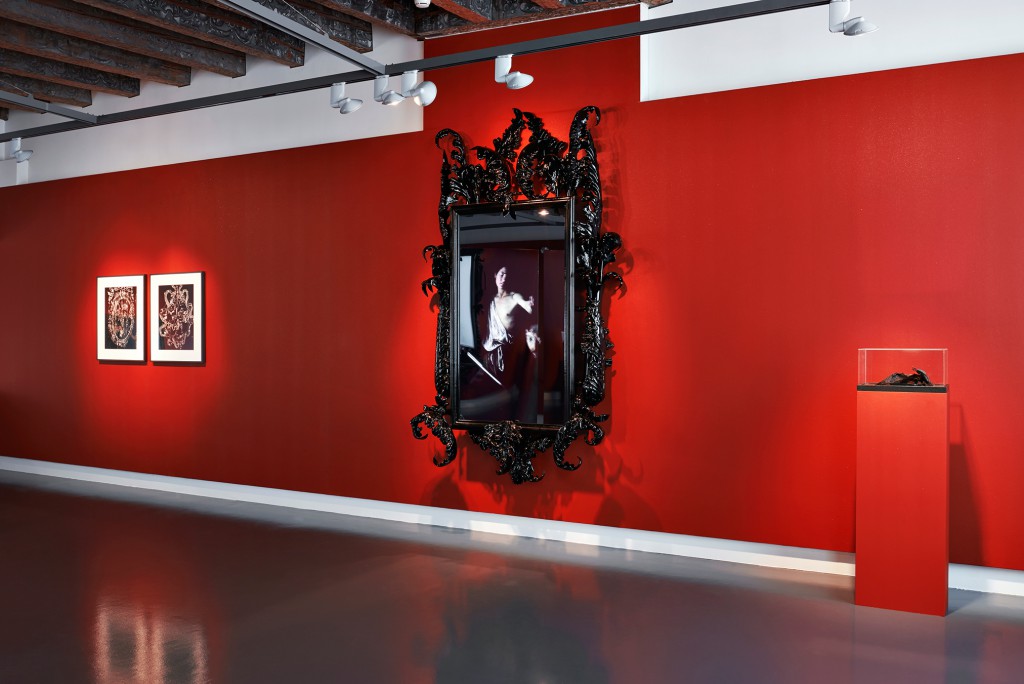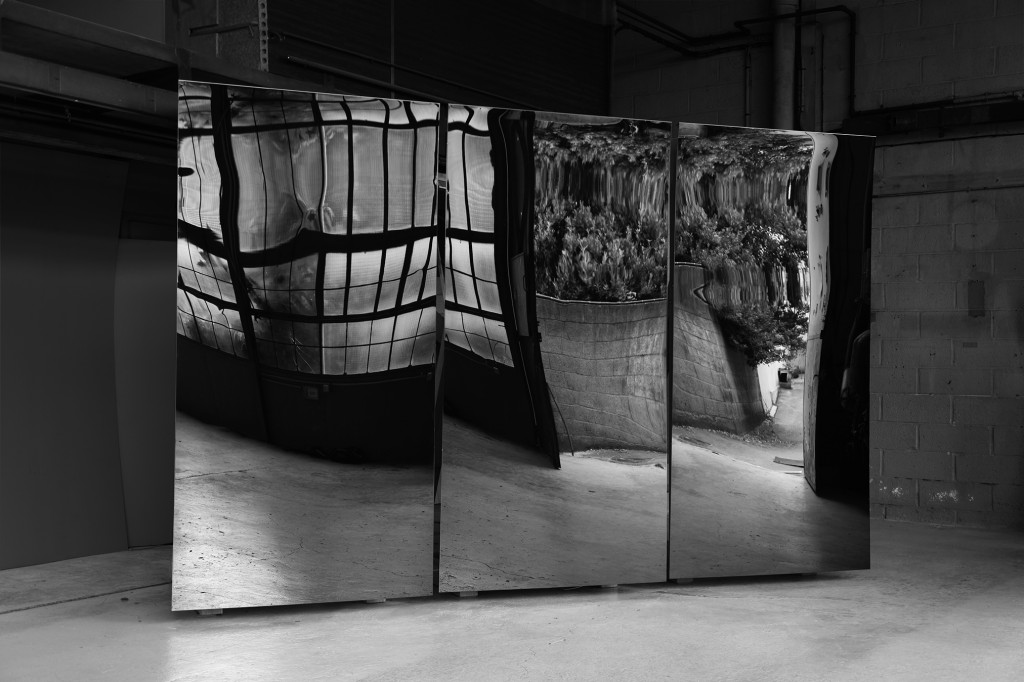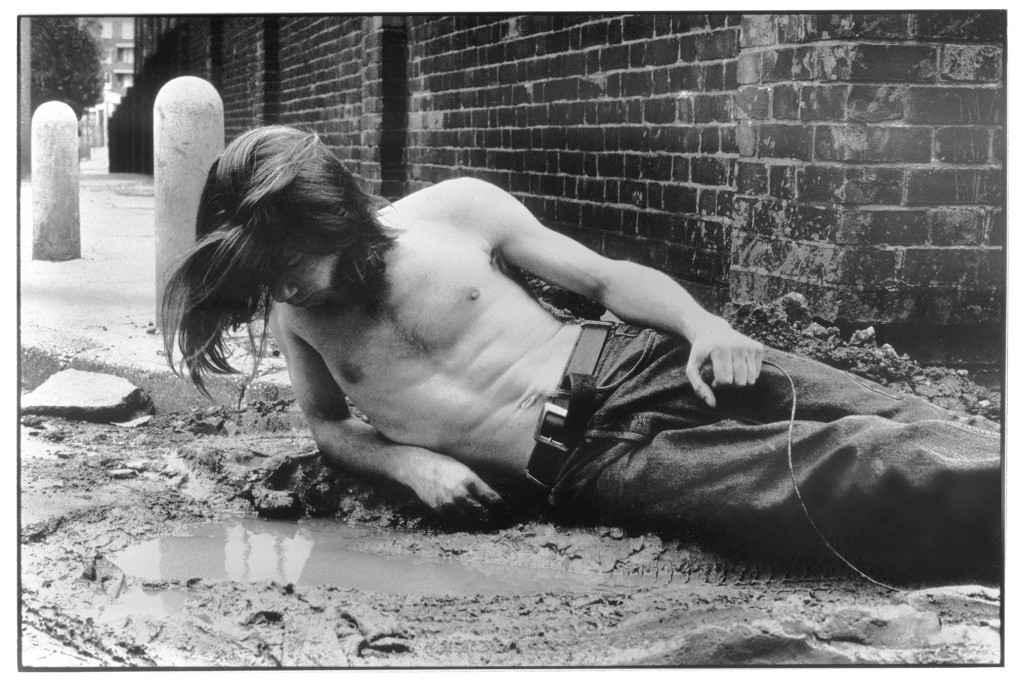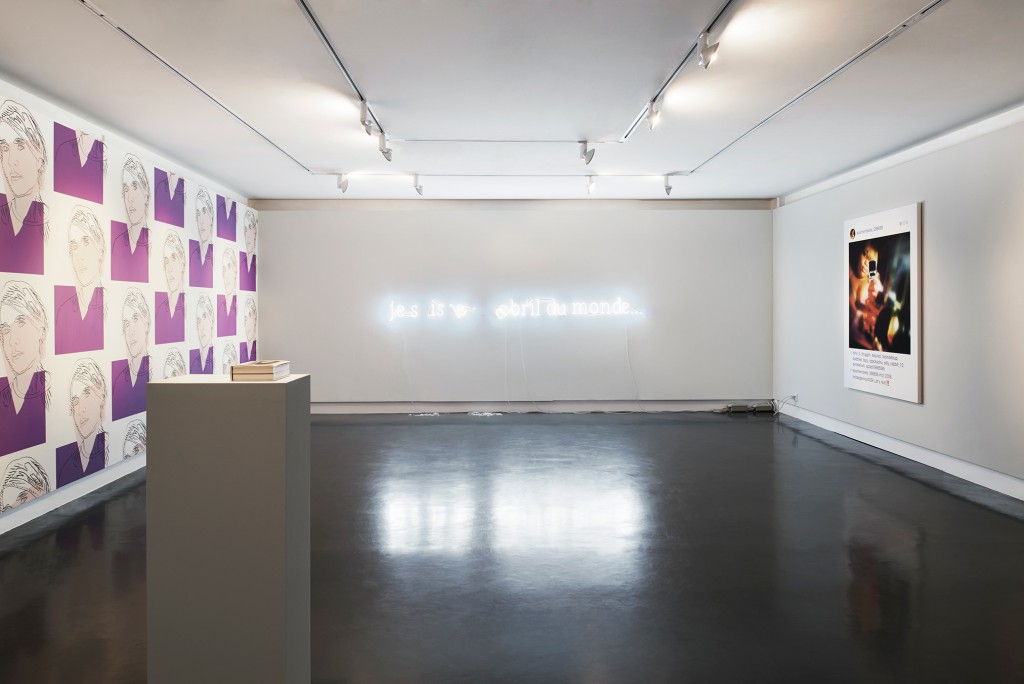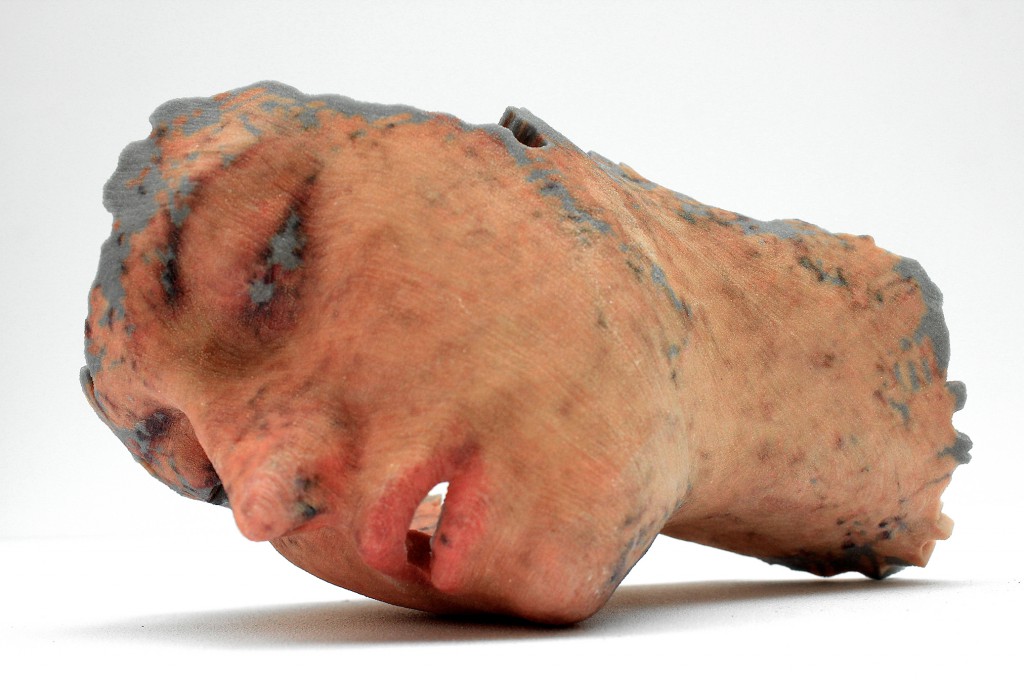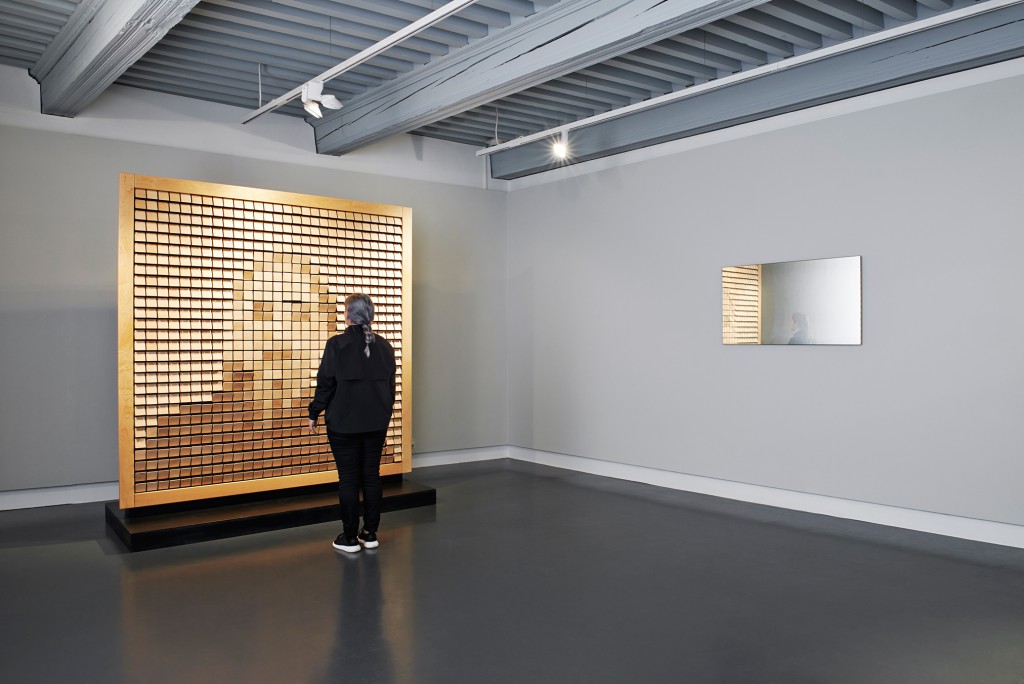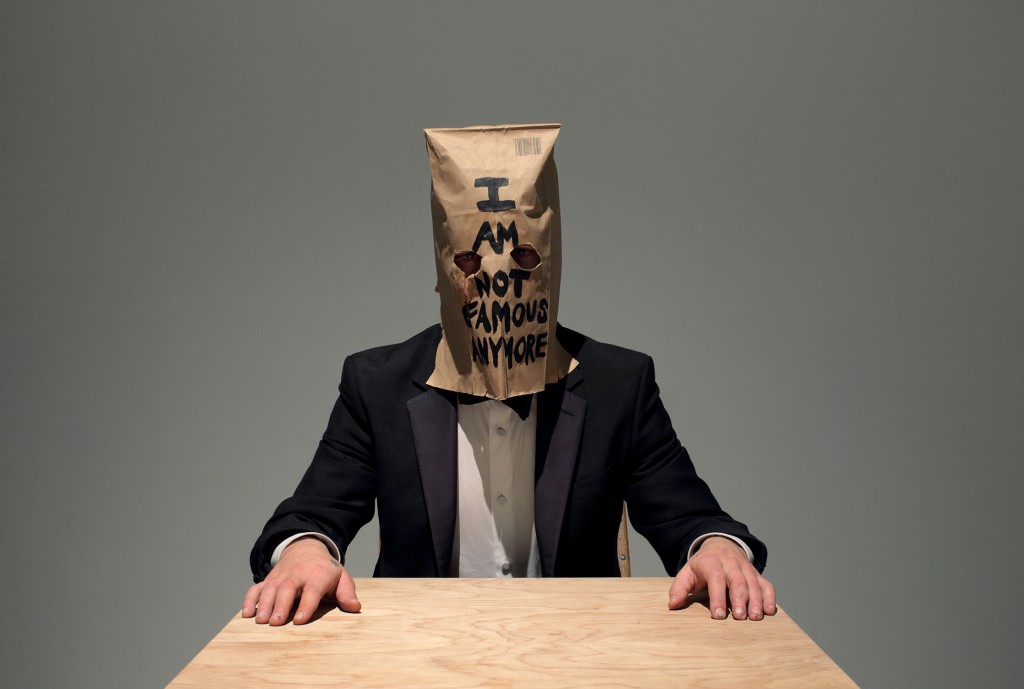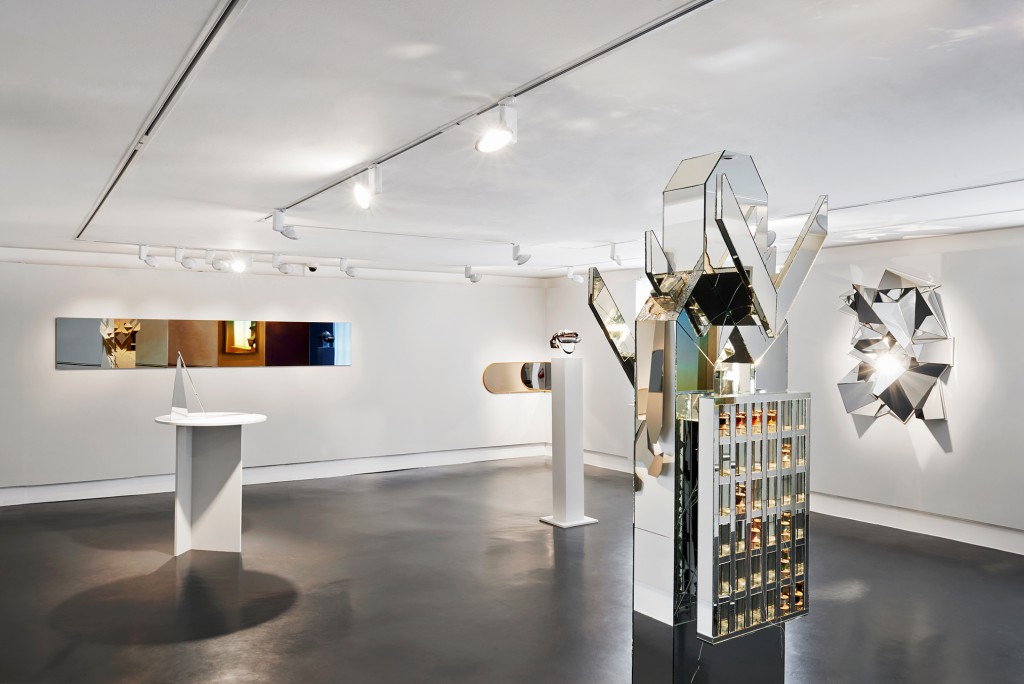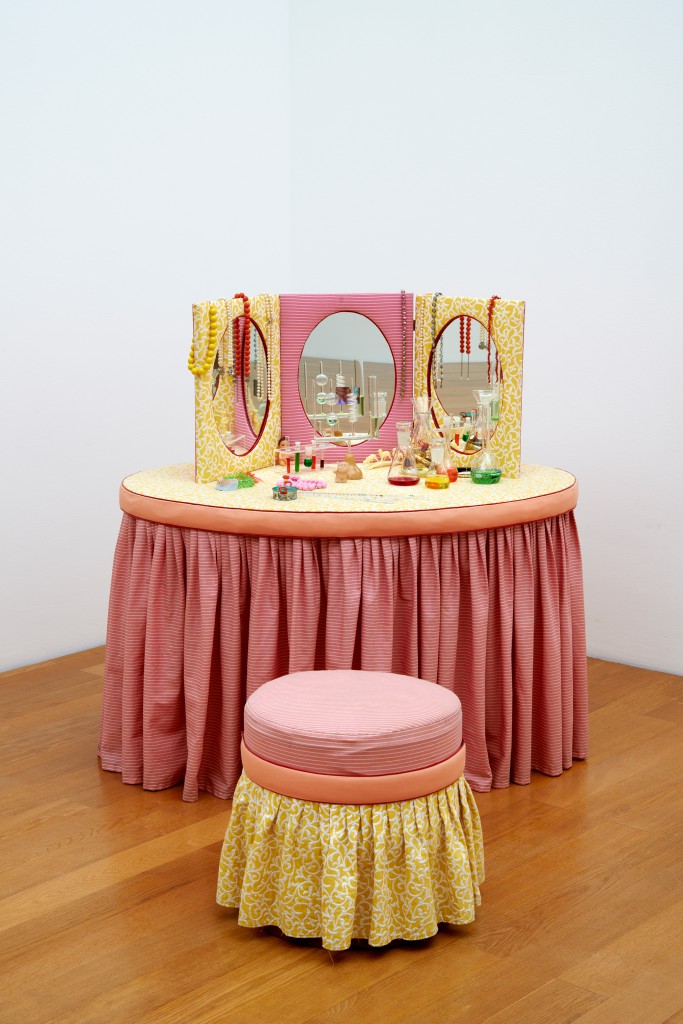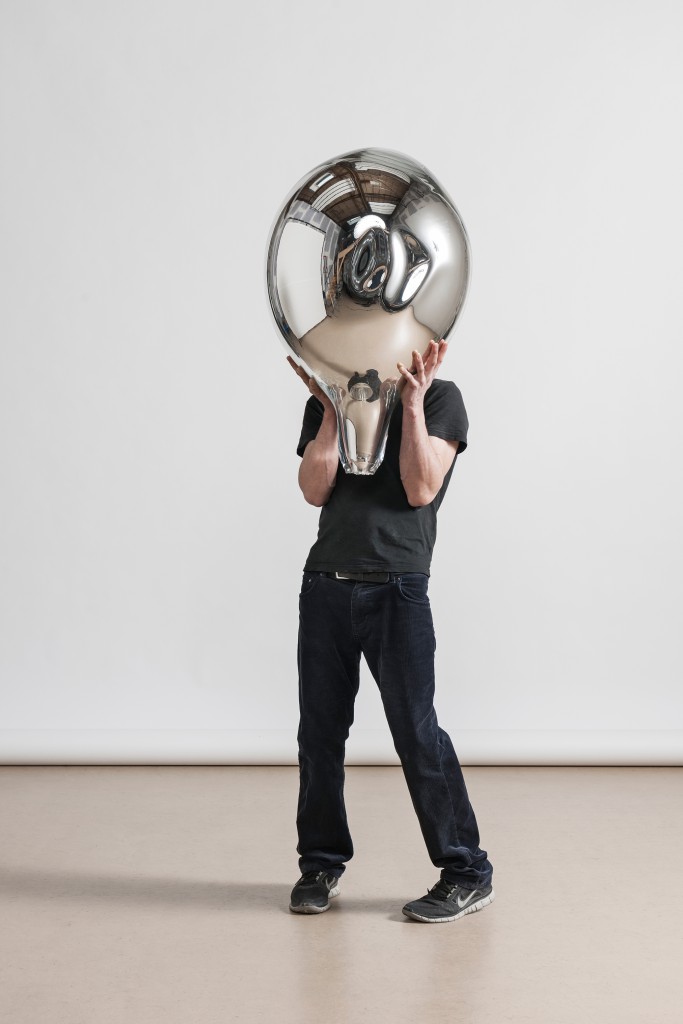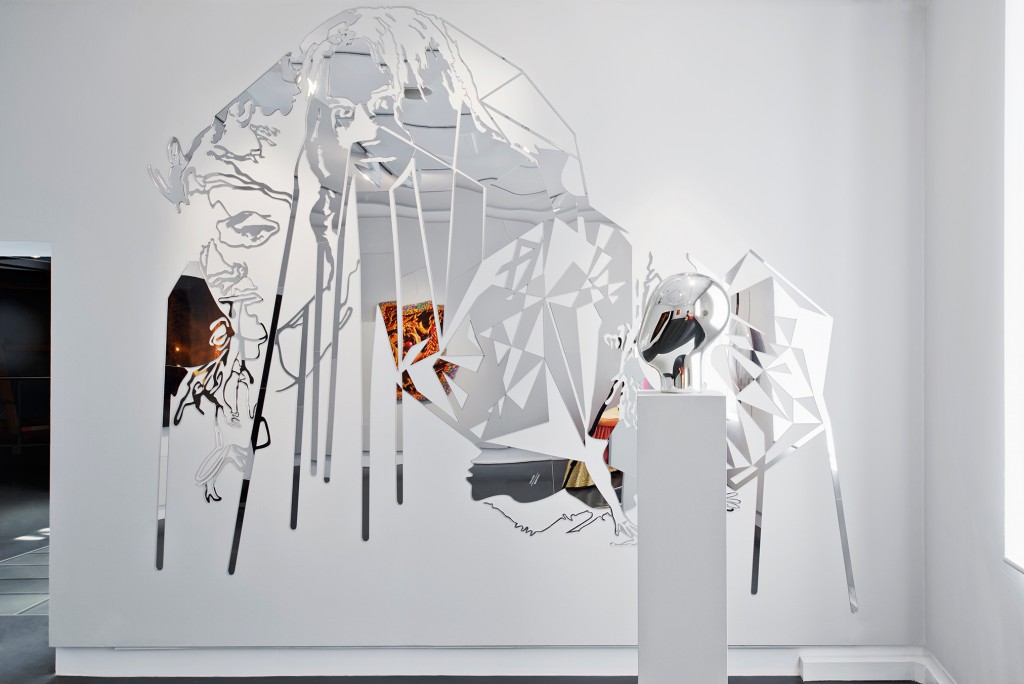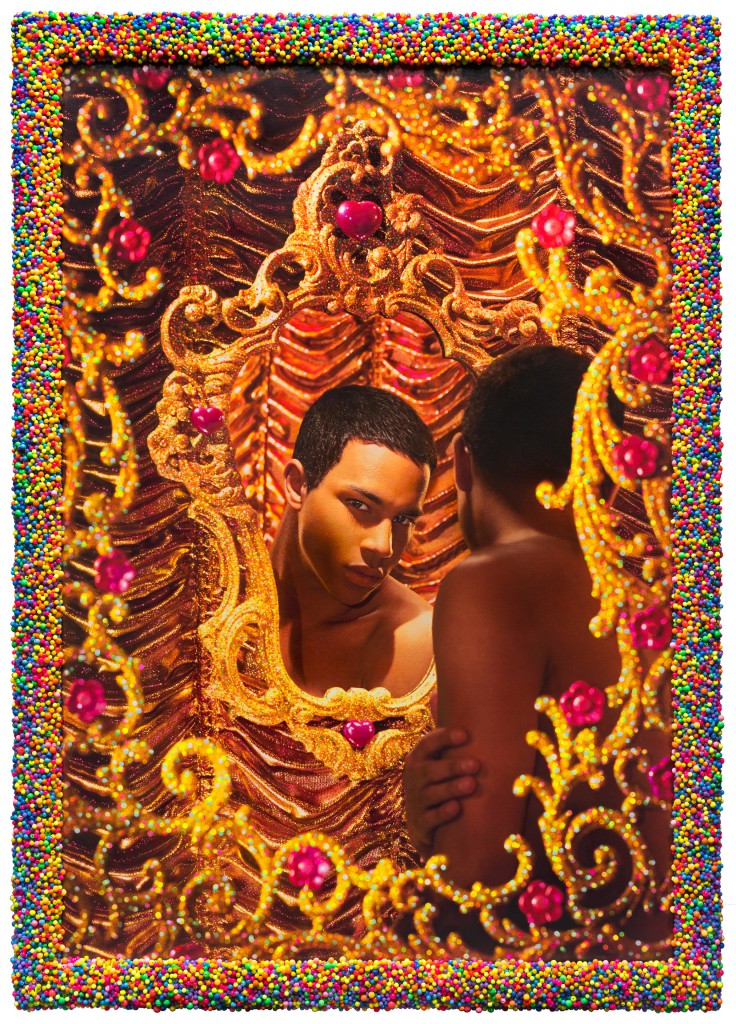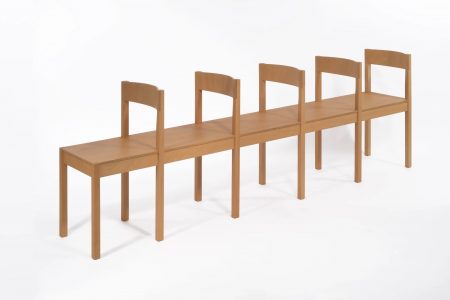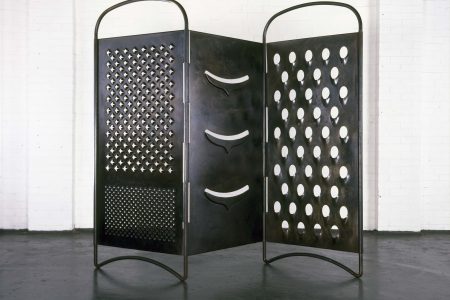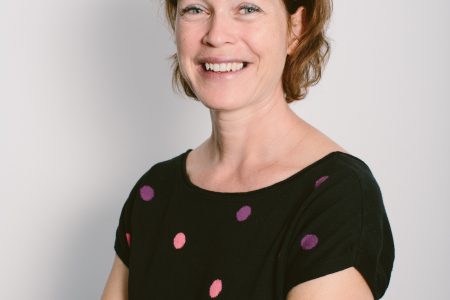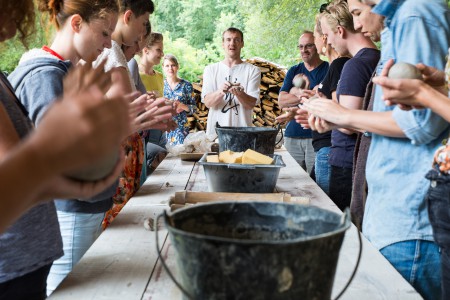Marco Costantini on Mirrors
Marco Costantini tells TLmag what he learnt about selfies and narcissim through curating Mirror Mirror, showing at mudac in Lausanne until October 1.
“Whether it is by offering recognition or illusion, constructing one’s ego or affirming one’s identity, a mirror always answers the question, who am I?” reads the introductory text of the Mirror Mirror exhibition showing at mudac in Lausanne until October 1. By focusing on the mirror itself, curator Marco Costantini has uncovered some compelling insights about one of the most topical phenomena of our time, selfies and narcissism. He tells TLmag about putting together this compelling exhibition.
TLmag: The Mirror Mirror exhibition has distinguished itself by considering the mirror itself. How did the mirror become the focus?
Marco Costantini: An exhibition begins with observation. For me it was noticing how people in the streets use reflections to create an impression of their egos. On the streets there are always mirrors – windows, cars, iPhones… – and every time we look at these things we are confronted by our reflection. So my first question was what we do with all these reflections in our daily environment? Then I became interested in the matter of the selfie and how people use the selfie as a construction of the ego, personality and body. The selfie has become a tool for people to speak and take part in the world. From there I turned to how creators, artists, designers and photographers talk about this phenomenon through objects and pictures, and how they explain or try to explain why people are so linked to their reflections.
This is why I have dedicated the first room in the exhibition to Narcissus, in order to open the question of who and what is narcissism today. The second room is like a mirror of the first, in that it begins with Andy Warhol’s self-portrait wallpaper made in 1968 and opposite I have placed a recent artwork by Richard Prince, which he took from Instagram. By placing these two works in dialogue, I wanted to invite reflection on what has happened since 1968 – when Warhol promised everyone 15 minutes of fame and the idea of a self-portrait was quite banal – and now, when people are using self-portraits to become famous and be more recognisable. Kim Kardashian is the epitome of how selfies and fame have become linked.
There are also non-physical mirrors in the exhibition. Can you tell us more about those?
Yes, the rest of the exhibition is a deconstruction of the mirror and covers reflections, blindness, black mirrors, vanity and how we live with all these reflections around us. One particularly stand-out piece is the wooden mirror by Daniel Rozin that recreates your image in tiny blocks of wood by reading shadows. There are also a number of video and photographic works that have no mirror, but still talk about the impact of a world of mirrors, and of course video and photography are both used as mirrors themselves. So the mirror is not only physical, but metaphorical.
What is also emphasised in the exhibitions is the question of what reflections actually are? We tend to assume that reflection is the truth, but for instance, architects and designers often use mirrors to make a room look bigger. We think that a reflection is the truth and that what-I-see is what-I-see is what-I-am, but not only is it an inversion but it changes the spatial dimensions. Is a reflection the truth or a transformation?
Putting art and design together in an exhibition is quite a significant curatorial decision. Do you see art and design as reflections of each other?
Yes, it was a conscious impulse at the beginning to mix art and design in the exhibition, and there are no captions on the walls because each piece is an experience that we wanted people to have before they read who is the artist (visitors are given guide books with the information instead).
Since curating the Nirvana exhibition about fetishism a few years ago, I have always used both art and design in exhibitions because I think it’s more interesting. Both artists and designers are engaging with and responding to the same issues and preoccupations, but in different ways. With more and more globalisation and interdisciplinarity, it’s also become harder and harder to decide what is art or design, so I have not and instead used the mirror as the perfect object to create a dialogue around this issue. The mirror reflects, no matter if an artist or a designer made it, it’s function cannot be challenged.
How has your opinion of selfie culture changed through making this exhibition?
For me, making the exhibition was comforting because I realised that we are living in a new paradigm of narcissism today. It has become more important to be a reflection than to be ourselves, compared to the time of Warhol, when it was more important to be someone. Now we need to be an image before we can be someone.
